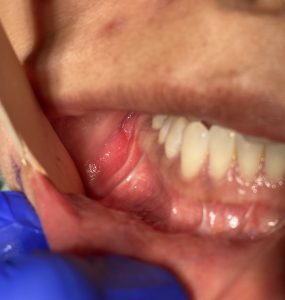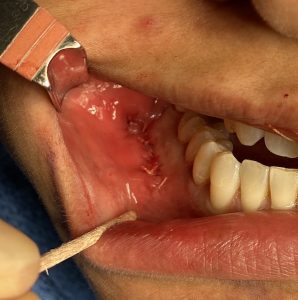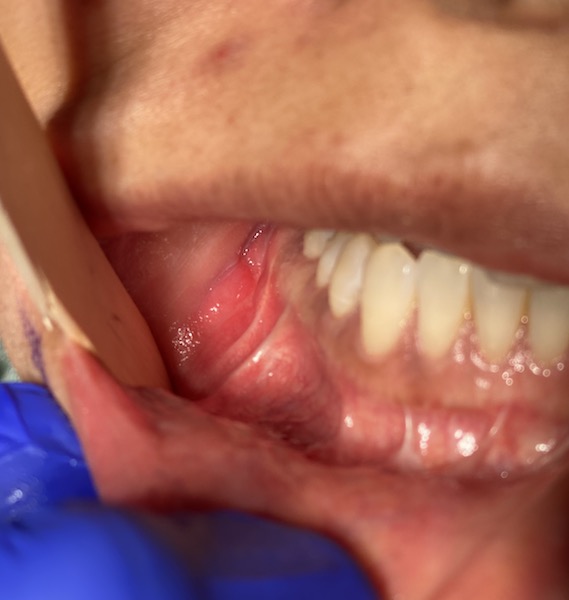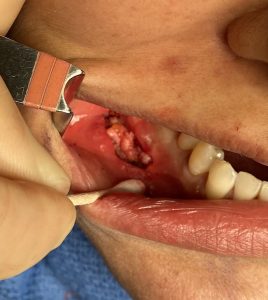V line is a popular lower facial reshaping surgery that removes bone of the lower jaw for a slimming effect. There are different types of V line surgery but, regardless of the type, it requires an extended vestibular incision around the inside of the jawline to perform it.


The intraoral vestibule is the soft flexible lining that exists between the cheek and the teeth of both the upper and lower jaws. It is a common incisional location for a variety of jaw procedures. What makes V line surgery unique for the vestibule is that the incision needed to perform encompasses the entire length of the vestibule since the bone reshaping involves the entire jawline. With such a long incision it is no surprise that some patients at some locations of the incisions may develop adverse scarring. Introducing supple fat as an interpostional graft after release has proven to be an effective treatment strategy.
Dr. Barry Eppley
Indianapolis, Indiana




